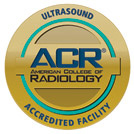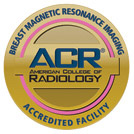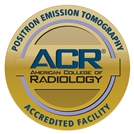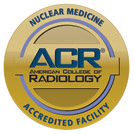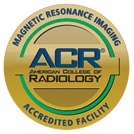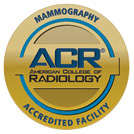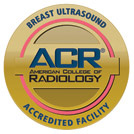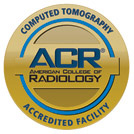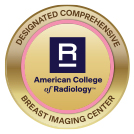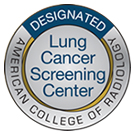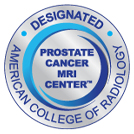
There are two types of mammogram procedures: Screening and diagnostic. Although they both use low-dose radiation to assess the breast, they are designed for different stages of the diagnostic process.
About Breast Imaging
In terms of imaging, the breast is placed between two plates that gently flatten and spread the tissue. With a two-dimensional mammogram, imaging will examine the breast from the front and side, which can identify if any lumps are present.
Digital tomosynthesis is a newer procedure that captures multiple images of the breast and assembles them into a composite three-dimensional image. The 3D mammogram provides a clearer view of the breast tissue and its accuracy can lessen the rate at which a patient needs to schedule a follow-up visit.
Between these two procedures, screening mammograms are typically the first step, administered to detect breast cancer in patients who have no symptoms. If a screening mammogram comes back with abnormalities, undergoing a diagnostic mammogram is recommended to explore the tissue further.
Screening Mammograms
The typical patient undergoing a screening mammogram has no symptoms and an average risk of breast cancer. For instance, no family history of the disease and no lumps that can be felt. In this case, the screening mammogram serves two purposes:
- To examine the tissue for any abnormalities
- Establish a foundation for future procedures to observe changes in breast tissue
This patient is also someone going through the typical breast cancer screening schedule: Someone who has no family history of breast cancer should start getting screened once a year when they turn 40. For patients with a family history – particularly, a first-degree relative who had breast cancer – it’s recommended you start getting screened 10 years before your relative was diagnosed.
Additionally, patients over 30 years who have a genetic risk should be getting screened annually. The typical screening mammogram lasts 10 to 15 minutes, and the supervising physician is usually not present. For insurance purposes, the Affordable Care Act has specified that screening mammograms should be free of charge, with no out-of-pocket costs for patients age 40 and older.
Beyond this standard procedure, additional views may be requested for a screening mammogram, especially if a patient has breast implants, is experiencing pain or has other difficulties with positioning.
Diagnostic Mammogram
If abnormalities are found during a screening, a diagnostic mammogram will be requested. This procedure indicates if the signs point to breast cancer, particularly if a patient has noticed or a screening mammogram identified:
- Lumps
- Tumors that are too small to be felt
- Duct carcinoma in situ (DCIS)
- Sources of breast pain, nipple discharge or thickening skin
- Why a breast has changed in size or shape
For patients who have already undergone a diagnostic exam or been through breast cancer, this procedure will be requested as a follow-up to regularly evaluate breast tissue.
As an imaging procedure, diagnostic mammograms provide a greater level of detail through additional images or views, including spot compression or spot compression with magnification, and can provide further insight into abnormalities detected during a screening. In turn, these aspects can contribute to a more accurate diagnosis or assist with recommending additional diagnostic procedures, like a biopsy or ultrasound.
Due to these factors, diagnostic mammograms take longer than a screening, but usually last no more than 30 minutes. A diagnostic radiologist reviews the images during the procedure while the patient is still in the office, and may request additional images with magnification if the procedure identifies certain abnormalities or other areas of concern.
With the level of detail provided, a diagnostic mammogram can further reveal if an abnormality identified during a screening is actually normal tissue. If an area appears abnormal but is not cancerous, the radiologist may recommend regular monitoring of the area. The patient may need to schedule follow-up imaging every four to six months.
Due to age or genetic risk, has your doctor recommended you undergo a mammogram or breast cancer screening? Contact us to make an appointment today.

